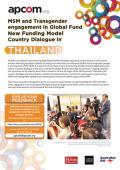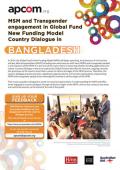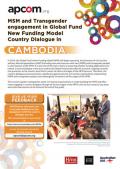Publications on Key Populations
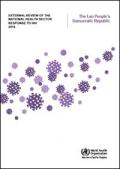
Resource | Publications,
The review recognized a significant progress made on prevention, testing and treatment of HIV infection in the country, whereas identified two major gaps on diagnosing and linking people living with HIV to care and treatment. It provides a set of recommendations and key action points to further improve HIV response in the country.
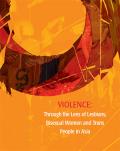
Resource | Publications,
Lesbians, bisexual women and transgender (LBT) individuals who shared their stories about violence as well as those who did the interviewing and reporting took a big step forward with this project. They have now made available evidence-based information, which was previously scant to virtually non-existent, using human rights documentation techniques.
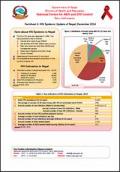
Resource | Fact Sheets,
-The first HIV case was detected in 1988. The key populations are as follows:
People who inject drugs (PWID)
Sex workers and their clients (Male and Female)
Men who have Sex with Men (MSM) and transgender people
Male Labor Migrants and their wives
Prison Inmates
- Heterosexual transmission is dominant
- HIV prevalence among adult population in the country is below 1%
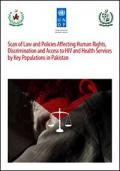
Resource | Publications,
The scan establishes a baseline on the current enabling environment (law, policies and institutions) in relation to safeguarding the human rights of the key populations and second, and it provides a set of recommendations to input into any reforms to promote an enabling environment where the human rights of the key populations are protected.

Resource | Publications,
The Annual Report 2013-2014 of the Department of AIDS Control (DAC), Government of India, reviews the progress made under the National AIDS Control Programme (NACP) during the current financial year 2013-2014 in scaling up intervention services for HIV prevention, treatment, care and support across the country through regular monitoring and reporting.






